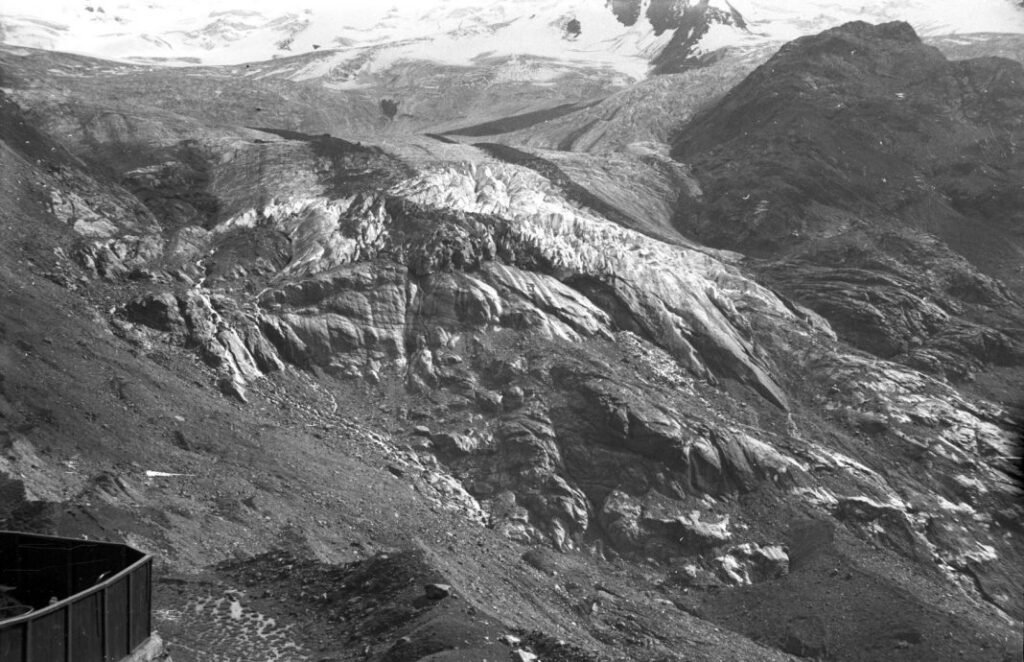ALPINA Project
ALPINA was born from the encounter between the artistic research of Barbara De Ponti and Fabio Marullo, who—alongside their individual artistic practices—decided to embark on a shared journey: a path marked by stages and encounters that generate new insights and perspectives. Along the way, the project has been enriched by the critical and theoretical contribution of Alberto Zanchetta.
In this first phase, the team of cultural operators and researchers is focused on sifting through archival materials, collecting on-site scientific data and information, which will give rise to public talks and workshops, and, in the future, to artworks and exhibitions.
ALPINA is a long-term project, which entered its active phase in August 2021 with an expedition to the Forni Glacier—the largest valley glacier in Italy and the only Himalayan-type glacier in the country—located in Alta Valtellina, within the Lombard section of the Stelvio National Park.
The project develops in collaboration with Casa Testori and the Ardito Desio Association, in the spirit of Ardito Desio, one of the first explorer-geologists to study the Forni Glacier (his first expedition dates back to 1938).
Casa Testori serves as an archive of memory for this artistic endeavor, accompanying the project from its very beginnings. The materials that the artists send from their explorations are gradually displayed in this showcase—forming an evolving archive, available for the project’s ongoing developments.
A Reflection by the Artist Barbara De Ponti
On the relationship between humankind and nature — a subject more relevant than ever today.
Everything depends on how we perceive time.
On how much, and for how long, we feel responsible for our actions.
The extremely brief time span of human existence—both as a species and as individuals—does not favor foresight. Our tendency to reduce everything to an anthropocentric scale is of no help; it fails above all the invasive yet fragile Homo sapiens.
The attitude differs only for those who have been shaped by the most romantic of sciences—geology and earth sciences—and by philosophy.
Once again, Walter Benjamin comes to our aid when, drawing on Ernst Bloch, he recovers one of the core concepts of his thinking:
“An irruption into the present of a demand coming from the past — not in the sense of restoring what once was, but in view of a new and original experience of the present. The past, on certain occasions, bursts into the present with its demands, making it leap forward. We are thus speaking of a past that has not exhausted its possibilities at the moment of its occurrence — a past that carries within it an impulse toward the future.”
But we do not listen to what we are being told — quietly, almost in whispers. It is uncomfortable and demanding, especially for this part of the world, so spoiled in its belief that it is entitled to exploit everything and everyone, that it fails to notice how cynical and toxic its rhetoric of change has become — so limited, or even complicit with those who desire no change at all.
Art has always been concerned with questions related to the nature of time, contributing to new visions across disciplines in which humanity has raised the same questions. It has long been time for the art world to assume greater responsibility, and for that responsibility to be recognized.
IG: @progettoalpina
